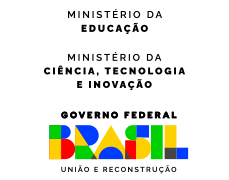Workshop Technological Applications of PDE’s
Florianopolis , Brazil
2-6 February 2004
Department of Mathematics (MTM)
Federal University of St Catarina (UFSC)
&
Radon Institute for Computational and Applied Mathematics (RICAM)
Austrian Academy of Sciences (OEAW)
The aim of the meeting entitled Technological Applications of Partial Differential Equations is to bring together a number of specialists in PDE’s, and in particular to focus on modern analytic and numeric tools for Technological Applications.
This is a meeting organized and sponsored by the Department of Mathematics (MTM / UFSC), the Radon Institute (RICAM / OEAW), the Millennium Institute (IM-AGIMB), and the Institute for Pure and Applied Mathematics (IMPA).
The preliminary list of invited speakers includes:
- Christian Ringhofer (Arizona State University)
- Uri Ascher (British Columbia)
- Jorge P. Zubelli (IMPA)
- Alexandre Madureira (LNCC)
- Gustavo P. Menzala (LNCC)
- Peter Markowich (RICAM/University Vienna)
- Christian Schmeisser (RICAM/TU Vienna)
- Antonio Leitao (RICAM/UFSC)
- Norayr Matevosyan (RICAM)
- Max Souza (UFF)
- Liliane Barichello (UFRGS)
- Igor Mozolevski (UFSC)
- Celso Doria (UFSC)
- Joel Souza (UFSC)
- Ruy Charao (UFSC)
- Pablo Amster (University Buenos Aires)
- Otmar Scherzer (University Innsbruck)
- Markus Haltmeier (University Innsbruck)
- Philipp Kuegler (University Linz)
Additional Information:
- Address:Department of Mathematics
Federal University of St Catarina
88040-900 Florianopolis, SC
BRAZIL - Contat:Tel: +55 48 331-9232 / 331-9558
Fax: +55 48 331-9772
Email: pg-mat@mtm.ufsc.br - Organizing Committee: A.Leitao, P.Markowich, I.Mozolevski, J.P.Zubelli
- Financial support: CNPq
 , IM-AGIMB
, IM-AGIMB 
Some words on the Workshop’s concentration thema:
The drift diffusion equations are the most widely used model to describe semiconductor devices. From the point of view of applications, there is great interest in replacing laboratory testing by numerical simulation in order to minimize development costs. For the current state of technology, the drift diffusion equations represent a realistic compromise between computational efficiency (to solve this nonlinear system of partial differential equations) and an accurate description of the underlying device physics.
The name drift diffusion equations of semiconductors originates from the type of dependence of the current densities on the carrier densities and the electric field. The current densities are the sums of drift terms and diffusion terms. It is worth mentioning that, with the increased miniaturization of semiconductor devices, one comes closer and closer to the limits of validity of the drift diffusion equation. This is justified, on the one hand, by the fact that in ever smaller devices the assumption that the free carriers can be modeled as a continuum becomes invalid. On the other hand, the drift diffusion equations are derived through a limit process, where the mean free path of a particle tends to zero.
The mathematical modeling of semiconductor equations has developed significantly, together with their manufacturing. The basic semiconductor device equations where first presented, in the actual level of completeness, by W. Van Roosbroeck in 1950. Since then they have been subject of intensive mathematical and numerical investigation


